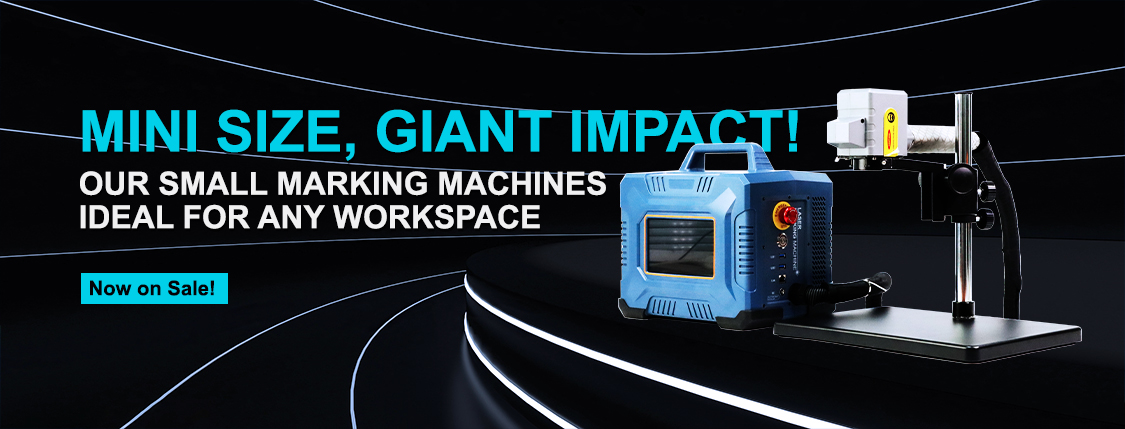Classification of switching power supplies
Classification of switching power supplies
Switching power supplies can be divided into AC/DC and DC/DC. As a secondary power supply, DC/DC converter has realized modularization, and the design technology and production process have been mature and standardized at home and abroad, and has been recognized by users. However, due to its own characteristics, the primary power AC/DC has encountered more complex technical problems and manufacturing problems in the process of modularization. The structure and characteristics of the two types of switching power supply are described as follows.
1.DC/DC switching power supply
DC/DC class switching power supply is to convert fixed DC voltage into variable DC voltage, also known as DC chopper. Chopper working mode has two: one is the pulse width modulation mode T unchanged, change the frequency modulation mode t (universal); Second, the frequency modulation mode t unchanged and change T (easy to produce interference). Its specific circuit has the following categories:
①Buck circuit -- buck chopper, the output average voltage UO is less than the input voltage UD, the polarity is the same in and out;
②Boost circuit -- boost chopper, the output average voltage UO is greater than the input voltage UD, the polarity in the same;
③ Buck-boost circuit -- Buck or Boost chopper, the output average voltage UO is greater than or less than the input voltage UD, polarity in and out opposite, inductive transmission;
④Cuk circuit - buck or boost chopper, the output average voltage UO is greater than or less than the input voltage UD, polarity in and out opposite, capacitor transmission.
Nowadays soft switching technology makes DC/DC converter a qualitative leap. VICOR switch power supply companies in the United States the design and manufacture a variety of ECI soft switch DC/DC converter, the maximum output power is 300 w, 600 w, 800 w, etc., the corresponding power density of 6 2 w/cm3, 10 w/cm3, 17 w/cm3, efficiency is 80% ~ 90%. The RM series, a kind of high frequency switching power module with soft switching technology introduced by NemicLambda Company in Japan, has a switching frequency of 200 ~ 300kHz and a power density of 27W/cm3. It uses synchronous rectifier (MOS-FET instead of Schottky diode) to improve the efficiency of the whole circuit to 90%.
2.AC/DC converter
AC/DC converter converts AC to DC, and its power current direction can be bidirectional. The conversion of power current to the load is called "rectification", and the transfer of power current from the load back to the power supply is called "active inverter". AC/DC converter input 50/60Hz AC, must be rectified, filtering, relatively large volume of filtering electrolytic capacitor is essential. At the same time, due to safety problems, such as UL, CCEE standards and EMC directive restrictions (such as IEC, FCC, CSA), the AC input must be added EMC filtering and use of components that meet safety standards, which limits the AC/DC power supply further miniaturization. In addition, because of the internal high frequency, high voltage, high current switching action, it is more difficult to solve the EMC problem, which also puts forward high requirements for the design of internal high density installed circuit. For the same reason, the high voltage and high current switch makes the power supply loss increase, which limits the modularization process of AC/DC converter. Therefore, the optimal design method of power system must be adopted to make its working efficiency reach a certain degree of satisfaction.
AC/DC converter can be divided into half wave circuit and full wave circuit according to the junction mode of the circuit. According to the control characteristics of the circuit can be divided into uncontrollable, half control and full control three categories; According to the number of power phase can be divided into single phase, three phase and polyphase; According to the circuit working quadrant can be divided into one quadrant, two quadrant, three quadrant and four quadrant.
3. Circuit structure
There are many kinds of circuit structure of switching regulated power supply:
(1) According to the driving mode, there are self-excited type and other excited type;
(2) According to the working mode of DC/DC converter, there are single end excited type and reverse excited type, push pull type, half bridge type, full bridge type, drop Pressure type, boost type and lift type, etc.;
(3) According to the circuit composition, there are resonant type and non-resonant type;
(4) According to the control mode, there are pulse width modulation (PWM) type, pulse frequency modulation (PFM) type and PWM and PFM mixed type;
⑤ According to the power supply isolation and feedback control signal coupling mode, there are isolated type, non-isolated type and transformer coupling type, light Electric coupling type, etc.
The combination of the above methods can form a variety of switching type regulated power supply. Therefore, designers need to combine effectively according to the characteristics of various modes to produce high quality switching type regulated power supply to meet the needs.



